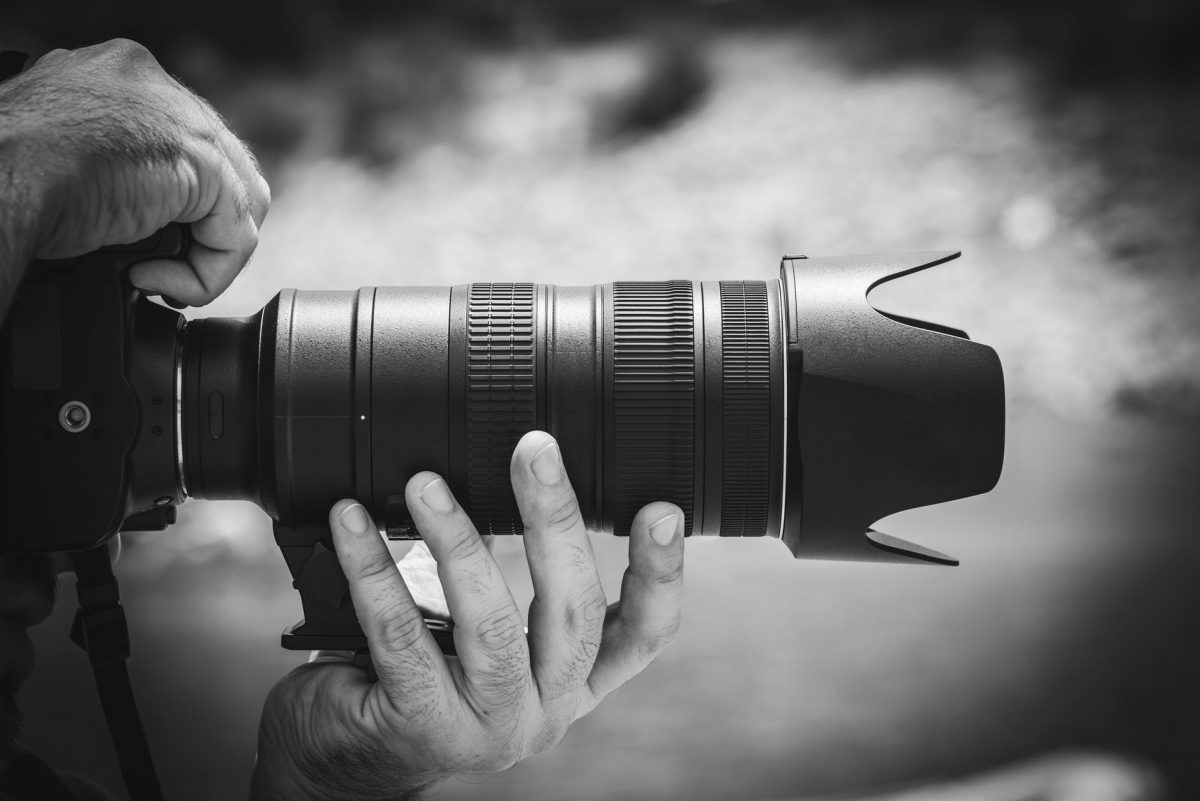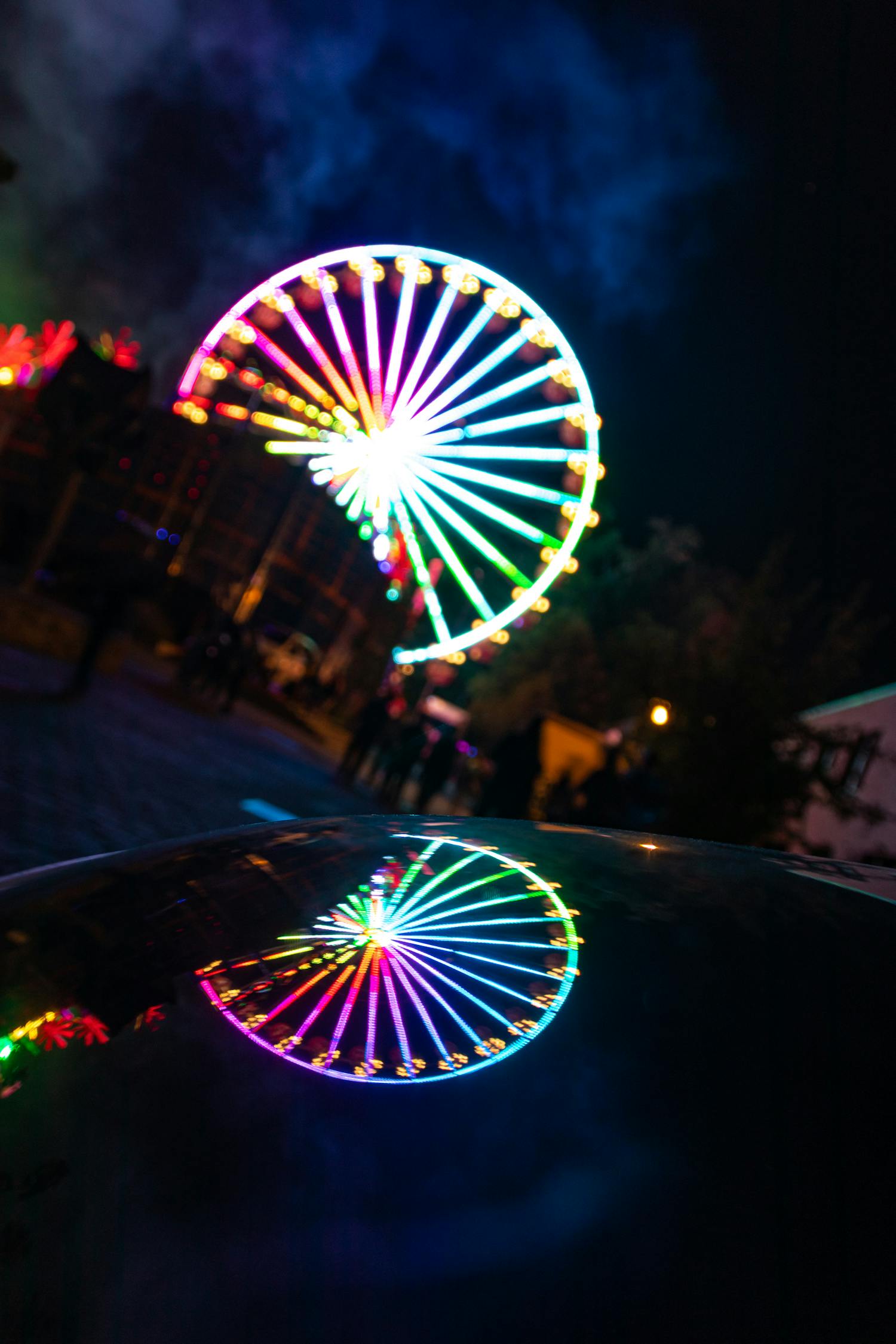Capturing photography in low light is both interesting and challenging. Your camera settings need to change completely at night compared to the same photograph taken during the day.
Here we outline the camera settings and techniques used in low light conditions to achieve amazing shots. First, it’s important to understand the different types of low light in order to handle the photo session effectively.
Low light
Absence of natural sunlight. The area remains visible but appears darker in night-time photography.
Darkness
Complete night-time conditions. Only the brightest subjects can be captured clearly.
Visibility Issues
Daytime shadowed areas, such as under tall trees or between buildings, where limited light affects the photo.
Guidelines For Low Light Photography
Use a High Shutter Speed
A faster shutter speed helps capture sharper images in low light. Without a tripod, a slow shutter speed can result in blurred photos. Increase your shutter speed significantly for clearer images. Using a torch on your subject will help achieve focus.
Set A Wide Aperture
The aperture allows light into the lens; a wider aperture brings in more light. This step may not be fully possible with a standard kit lens, as aperture range is limited. A wider aperture provides a shallow depth of field, which is excellent for individual portraits, but when photographing groups—such as street photography or weddings—you need to be careful not to lose detail across the frame.
Increase ISO Values
A higher ISO will give you better exposure in low light. However, it must be managed carefully, as too high an ISO creates image noise and blur. The most effective method is to balance shutter speed and aperture so the ISO rises naturally. Doubling the ISO doubles the light sensitivity of your lens, but avoid raising it excessively. If necessary, rely on flash to avoid image quality loss.
Use Autofocus In Low Light
Autofocus should be enabled when shooting in dark conditions. In low light, manual focus can be difficult as there isn’t enough visibility. Most modern cameras detect this and switch to autofocus automatically, often triggered by a light tap or touch.
Make Use Of Flash
When shooting groups of people in very dark areas, it’s advisable to use your camera flash. If the built-in flash isn’t strong enough, consider using an external flash to brighten the scene and ensure sharper, more detailed images.


